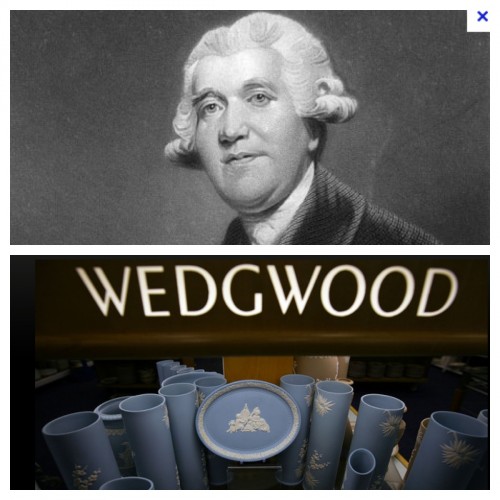Want to Take Over the World? Then Take Strategic Planning
I have taken ten courses with my fellow cohort. Together we have endured Basic Accounting, Economics for Arts Managers, Marketing Principles, Arts, Media and the Law for Managers, Advanced Accounting, Marketing Strategy, Leadership for the Arts and Media, Financial Management, and finally Strategic Planning.
Every Monday, as a group we meet for our final core arts management course, Strategic Planning. This course will take important components from our required core classes and put them to the test. This is a big picture type of course that focuses on the challenges currently facing arts, entertainment and media organizations. The goal of the course is to learn how to create a sustainable competitive advantage in a rapidly changing world.
The course is taught by Dr. Terri Lonier, a Jill of all trades. She has a wealth of experience. She obtained an MFA form the University of Florida and received her PhD from New York University, where she was awarded the MacCracken Fellowship. Her research focused on the history of branding and marketing of food.
She served as the director of the Empire State Craft Alliance in New York and Curator of Exhibitions at the John Michael Kohler Arts Center. She has also done consulting work with Fortune 100 companies to help develop successful and sustainable strategies. She is an author of five books including Working Solo, which is an entrepreneurial classic. The New York Times, Wall Street Journal, Business Week Fortune, and USA Today have critically acclaimed Dr. Lonier.
As an instructor, Dr. Lonier is well organized and equiped with important know-how. We have weekly readings and required online posts in reference to these readings. We also have a number of assignments that I think will flex our brain muscles and force us to push our thinking. We will be analyzing both for profit and not-for-profit entities and analyzing their sustainability and effectiveness in strategic planning.
For one of our recent assignments, we read a chapter in the book Innovation: A Very Short Introduction by Mark Dodgson and David Gann about Josiah Wedgwood, who, like Dr. Lonier, was also into pottery. Wedgwood was a model innovator. Born on July 12, 1730, the youngest of 13 children, he started working as a potter at age 11. By the age of 29, he had mastered the pottery industry and started his own business.
Throughout his life, Wedgwood struggled with health issues. A few years after he had started his own business, he underwent a leg amputation due to complications from small pox. As a testament to his character and drive, he was writing letters a couple days after his surgery, which was preformed without antiseptic or anesthetic. Furthermore, he was back to work within a couple months. This really resonated with me because my grandmother also endured amputation. She lost both of her arms around 40 years old. I think there is a lot to be learned from those who have overcome such hardship.
Josiah was committed to innovation. He was continually searching for ways to improve his pottery techniques, materials, colors, and designs. He utilized extensive trial and error experiments to improve quality. His famous motto was: “everything yields to experiment.” Some of his products, services, and processes are still used 200 years later.

Top image is of Josiah Wedgwood provided by the Guardian and bottom image is of Jasper ware, Wedgwood's most famous invention, and the image was provided by Zimbio. Jasper ware is considered one of the most innovative inventions in the history of ceramics.
I think this speaks volumes and is something that people in the arts, entertainment, and media industries should take note of. We should never get too comfortable with where we are. It is important to experiment and be innovative. He was highly knowledgeable about his production system, costs, proprietary risk, customers, and rivals. By knowing every aspect of his business and how they intertwined with one another, he was able to create successful strategies.
I think that the authors nicely summed up Wedgwood by saying: “Wedgwood illustrates an enduring truth about innovation: it involves new combinations of ideas, knowledge, skills, and resources. He was a master at combining the dramatic scientific, technological, and artistic advances of his age with rapidly changing consumer demand.”


